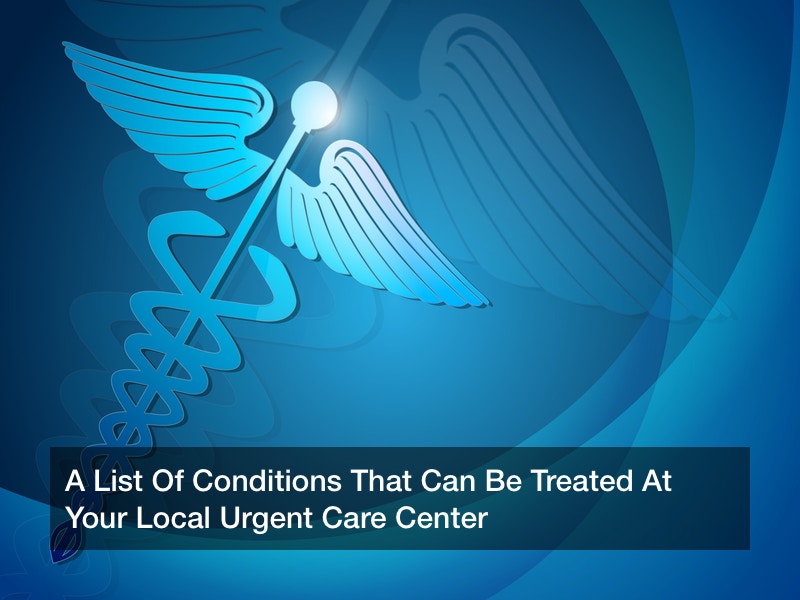
Any number of minor health ailments or accidents may happen in someone’s everyday life, and when this happens, getting the right medical care is a must. Hospitals and their emergency rooms are for different problems; when minor but still serious wounds, illnesses, or conditions come up, it is time for someone to get treatments at their nearest urgent care facility or a walk in clinic. Medical care is often just one Internet search away to find the closest clinic, and many of them are open 24 hours a day or 7 days a week, although this will vary. What problems in everyday life call for visiting medical care clinics, and what sort of treatment can be expected there? Are they expensive or difficult to find? What other services can a patient expect to get at these urgent care centers?
Ailments
A wide variety of minor injuries or wounds, medical conditions, or some diseases can be handled at an urgent care center once a patient arrives and is looked over by the staff of physicians and nurse practitioners. The common cold and flu are one such issue; around the country, Americans come down with about one billion colds every single year, and the symptoms can last from a week to ten days, and getting care at a clinic can help a person with a more serious case and get relief. Cold medicine can be found at a care center along with some symptom treatment, and what is more, another virus, the flu, can also be handled at a walk in clinic whenever a person comes down with it. The flu virus can present more serious symptoms than a cold, such as vomiting, chills, muscle and joint aches, and a fever, and in serious enough cases, a patient may want to visit a walk in urgent care facility to find relief. Bone fractures are treated at about four in every five urgent care centers as well.
Minor injuries can also be taken care of at an urgent care center. Americans suffer ankle sprains often, about 25,000 per day, and this means plenty of patients who need care at urgent care centers. Ankle or wrist sprains may be suffered in the course of playing sports or work such as construction, and someone will need help for this right away. Shallow cuts and wounds can also be taken care of, such as if a person steps on glass or if they cut themselves while using a knife in the kitchen, and urgent care centers and their staff can provide stitches, antibiotics, and more to take care of this. Poison ivy, which most Americans are allergic to, can present nasty rashes that clinics can offer lotions and other salves for, and the same can be said about other rashes or skin irritation that patients in a walk in clinic may have. Food poisoning or allergies are other problems that urgent care clinics may take care of. And finally, at walk-in clinics, patients may have their drug prescriptions refilled as needed, or get one written to begin with.
Finding Urgent Care
Going to an urgent care clinic can in fact be convenient and easy to manage. Many thousands of them exist across the United States, and most towns and every city will have one, and a person who needs to visit can search for “24 hour urgent care near me” to get the address, name, directions to, and hours of operation for any nearby clinic that is currently open. At these clinics, a patient can probably expect a wait time of about 15 minutes or so, and a clinic that is running smoothly can see about three patients per hour. They may also offer service at a very affordable price, and many may take a patient’s insurance for any assistance rendered there.
Some urgent care locations are in fact retail clinics, and this means that they are built into major retailers such as Target, Wal-Mart, and Walgreens, and since these retailers are often placed at busy areas and have ample parking for their customers, these clinics can be both easy to find and easy to reach, making them convenient for someone who needs flu medicine or who needs to get their drug prescriptions refilled.
